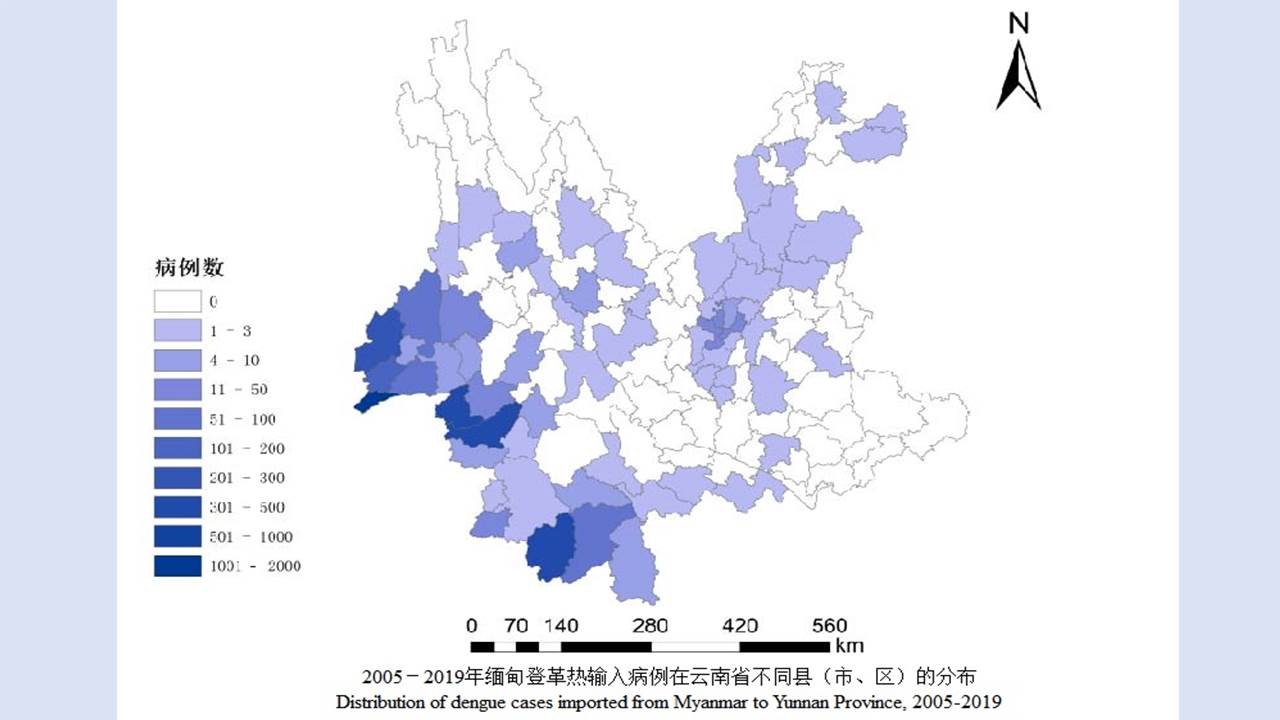 PDF(980 KB)
PDF(980 KB)


2005-2019年云南省缅甸登革热输入病例流行特征分析
伦辛畅, 杨锐, 吴海霞, 王君, 刘起勇, 孟凤霞
中国媒介生物学及控制杂志 ›› 2022, Vol. 33 ›› Issue (1) : 108-113.
 PDF(980 KB)
PDF(980 KB)
 PDF(980 KB)
PDF(980 KB)
2005-2019年云南省缅甸登革热输入病例流行特征分析
 ({{custom_author.role_cn}}), {{javascript:window.custom_author_cn_index++;}}
({{custom_author.role_cn}}), {{javascript:window.custom_author_cn_index++;}}An analysis of epidemiological characteristics of imported dengue fever cases from Myanmar in Yunnan province, China, 2005-2019
 ({{custom_author.role_en}}), {{javascript:window.custom_author_en_index++;}}
({{custom_author.role_en}}), {{javascript:window.custom_author_en_index++;}}
| {{custom_ref.label}} |
{{custom_citation.content}}
{{custom_citation.annotation}}
|
/
| 〈 |
|
〉 |